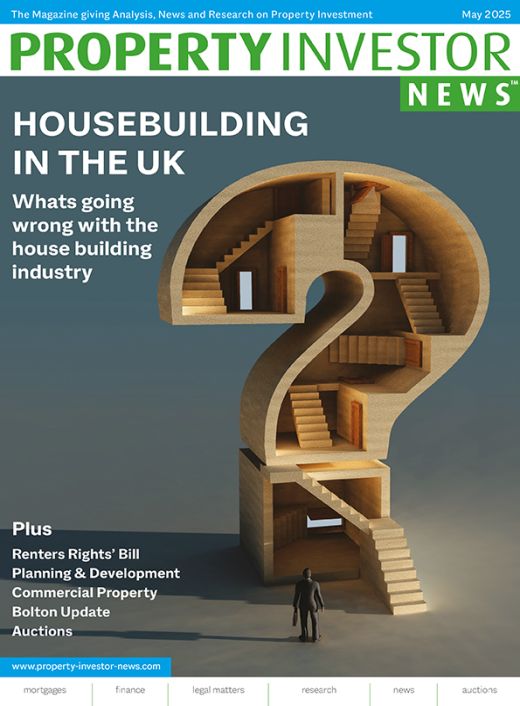Knight Frank has now released a revised forecast for UK residential transactions and prices. Liam Bailey, global head of research at Knight Frank, explains why: “Our most recent forecast – published 6 April – assumed that a full lifting of the UK’s COVID-19 lockdown would be achieved by the end of May. The Government’s announcements this week have now confirmed the lifting of the lockdown will in actual fact run in stages through to at least July.
“Our revised forecast adopts this latest advice from Government and assumes that the UK will fully exit lockdown by the end of July. In light of this change our view of residential transactions in 2020 remains unchanged, but we have made a downward revision for house prices.
“Our view is that a decline of 7% in UK prices and 5% in prime London and prime regional prices will be experienced through 2020, with much of this decline already having taken place between March and May.”
Bailey continues: “There are some predictions we can be confident about. For example, we can be fairly certain that this year we will see one of the sharpest falls in economic growth in peacetime, both here in the UK and globally. Equally there are many predictions which are more uncertain. While we know there will be a recovery – no one knows its shape or span. The key reason for this uncertainty is we just don’t know how economies will leave the current lockdowns.”
If the UK appears to be struggling to navigate a way out, Bailey says that the lesson from Singapore, South Korea and even Germany, confirms that almost everywhere is experiencing two steps forward and one step back when it comes to easing movement restrictions.
This uncertainly means that predictions for the housing market have to be read with extreme caution at a time when nobody can easily predict the ground rules the market is operating under.
Current market activity
The lockdown, at least as far as the property market is concerned, has been very effective. Viewings are down 98% year-on-year, and the 2% that are taking place are virtual viewings.
Alongside viewings: new buyer volumes are lower by 60% over the same period; new properties listed for sale are down 90%; offers made, down 80%; offers accepted, down 70% and exchanges are down the same amount.
“To be fair, while all metrics are sharply lower, there is perhaps more activity than we initially anticipated back in late-March. Would be vendors can take heart from the fact that, despite an effective lockdown of the market, a sizeable number of buyers are still registering their interest to purchase.”
In terms of transactions, Knight Frank noted that there were 1.18m sales in the UK in 2019. Prior to the arrival of COVID-19 it was widely assumed that the “Boris Bounce” would lead to an increase this year to around 1.26m. During January and February – even this increase began to look modest. However, with the arrival of the pandemic, the firm reduced its forecast to 728,000 sales for this year, a decline of 38% on 2019 levels. This new total represented around 500,000 missing sales compared to what it had initially expected.
Bailey adds: “Looking at the volume of activity that has occurred through lockdown – it might be that we were slightly pessimistic. More sales have taken place and fewer sales have failed to complete, compared to what we initially expected. For now, we are content to leave our initial forecast unchanged.”
Prices
“It is challenging to get a handle on what is happening to pricing right now”, says Bailey, adding that “published indices tend to be backward looking and those that have been published since the crisis began have inevitably drawn on limited data points.”
According to Knight Frank, residential exchanges at the end of March were taking place at around 98% of the asking price, an improvement on what had been experienced in 2019 when Brexit and electoral uncertainty weighed on the market. However, right now, that ratio has fallen to around 94% of the asking price, which could indicate a 4% drop in prices in just six weeks.
However, the drop in prices could be even faster than that says Bailey, adding “if we allow for the fact that some asking prices have come down since March, then we might conclude that prices are off by 5% already since the beginning of the crisis. (This) seems like a reasonable starting point and it is increasingly clear that prime London's five-year decline doesn’t mean it is immune from price falls.”
The key question is whether vendors will start to accept discounts of more than 5%. Bailey concludes: “Some will, but there is growing evidence from the widening spread between average offers and the offers that are being accepted, that many simply won’t. If we add in to the mix the fact that we have low new-build rates coming through in 2020, low inventory and low interest rates, it becomes less likely we will see significant further falls from here.”




















